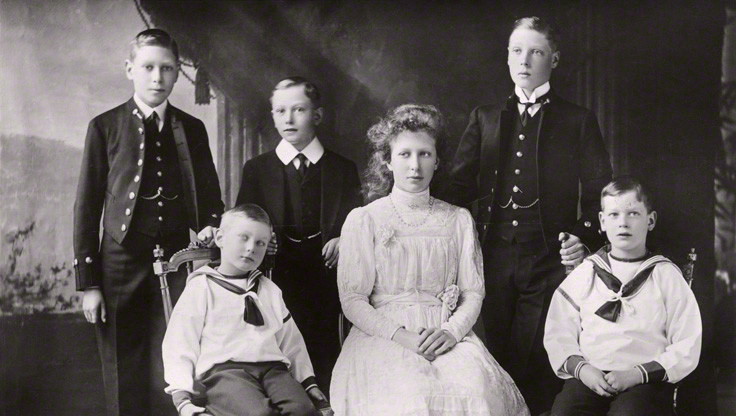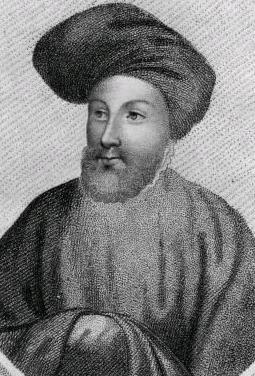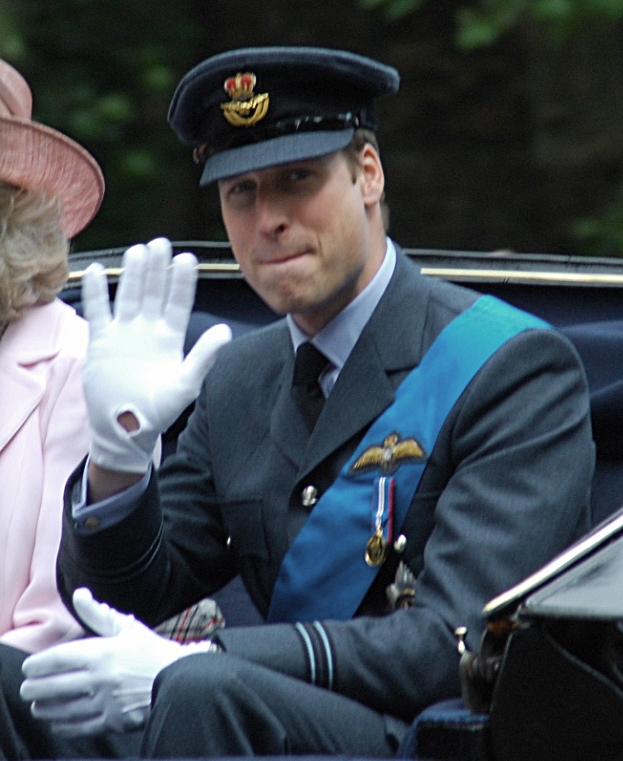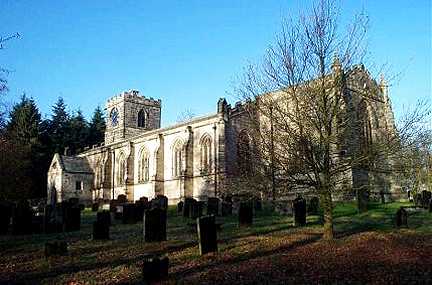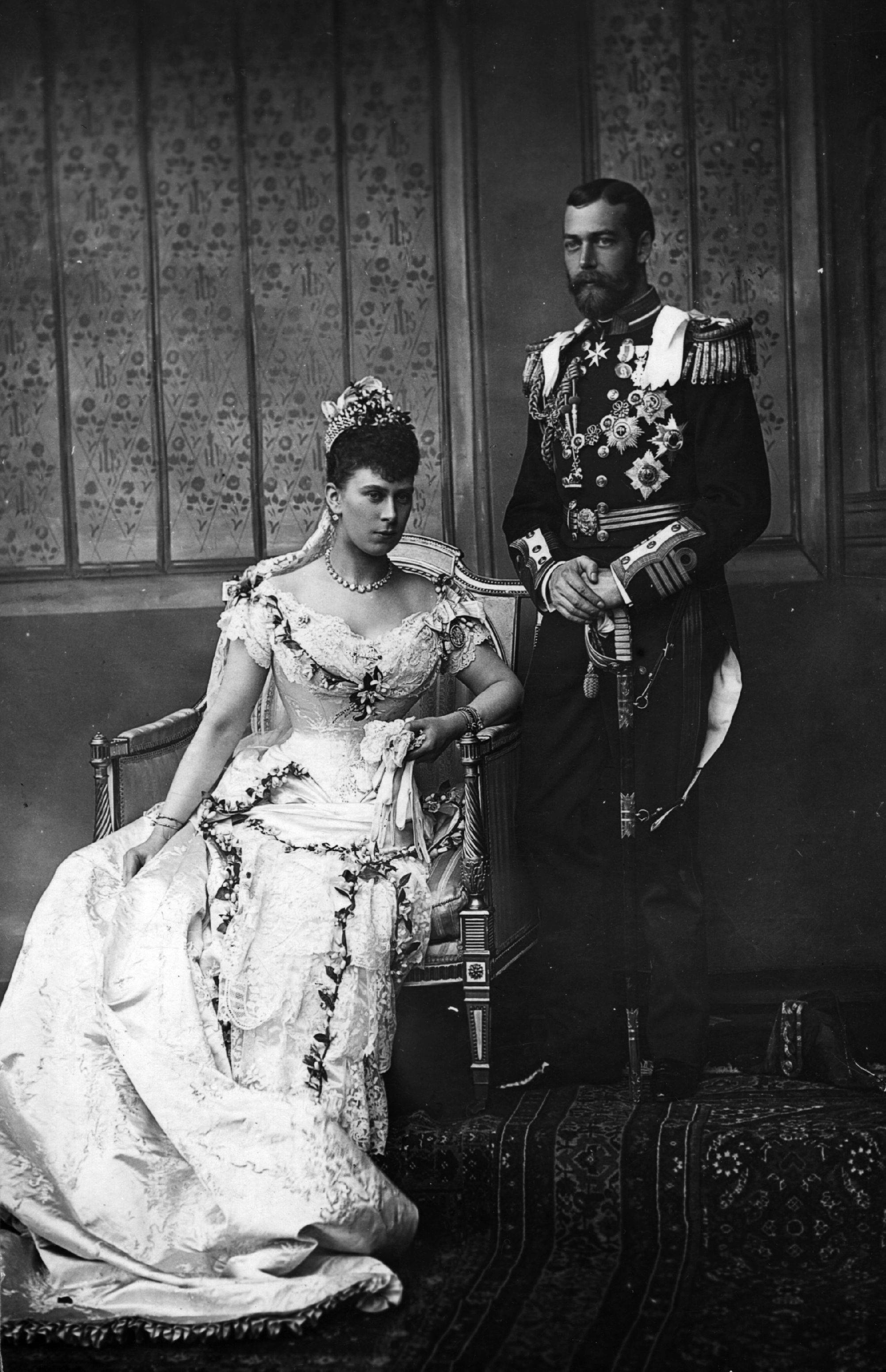by Susan Flantzer © Unofficial Royalty 2013
July 31, 2004 – Wedding of Lady Davina Windsor, daughter of HRH The Duke of Gloucester, and Gary Lewis, at Kensington Palace in London, England, divorced in 2018
In 2000 in Bali, Indonesia, a young British woman on vacation from her university studies met a man from New Zealand on a surfing vacation. The two fell in love and on July 31, 2004, Lady Davina Windsor, daughter of HRH The Duke of Gloucester, married Gary Lewis, a Maori builder and former sheep shearer.
The Lady Davina Elizabeth Alice Benedikte Windsor was born on November 19, 1977, at St. Mary’s Hospital in London, the same hospital where Prince William, Prince Harry, Prince George of Cambridge, and Princess Charlotte of Cambridge were born. Lady Davina’s father Prince Richard, Duke of Gloucester is a first cousin of Queen Elizabeth II and a grandson of King George V. Her mother was born Birgitte Eva Henriksen in Odense, Denmark, and took her mother’s name, van Deurs, when her parents separated. Lady Davina has two siblings: an older brother Alexander Windsor, Earl of Ulster, and a younger sister Lady Rose (Windsor) Gilman. She attended Kensington Preparatory School in the Notting Hill section of London and then St. George’s School in Ascot near Windsor Castle. Lady Davina graduated from the University of the West of England with a degree in media studies.
Gary Christie Lewis was born on August 15, 1970, in Gisborne, New Zealand. He is the son of Larry Lewis, a champion sheep shearer in the 1980s, and Vikki Smiler who worked as a maid. Gary is a Maori, the indigenous Polynesian people of New Zealand. His uncle is the prominent Maori author Witi Ihimaera who wrote The Whale Rider which became a film of the same name. Gary grew up on the East Cape of New Zealand, one of New Zealand’s poorest areas where Maoris make up 70% of the population and high unemployment. He attended the village school in the Maori settlement of Te Wharau before attending Lytton High School in Gisbourne. He is a carpenter who runs a property renovation business and a surfing enthusiast and has a son from a previous relationship, Ari who was born in 1992.
Lady Davina and Gary’s engagement was announced in the Court Circular of March 26. 2004: “The Duke and Duchess of Gloucester are delighted to announce the engagement of their daughter, The Lady Davina Windsor, to be married to Mr. Gary Lewis, son of Mr. Larry Lewis and Mrs. Vikki Carr.” Gary’s grandfather Tom Smiler remarked, “All I know is he is in England somewhere with a girl and she is related to the Queen or something like that. It is wonderful.”
The wedding was a private affair held in the Chapel Royal at Kensington Palace, where Lady Davina grew up, and her great-great-great-grandmother Queen Victoria was born. Except for the bride’s immediate family, no members of the royal family attended, but one of the guests was Captain Mark Phillips, former husband of Princess Anne. Thirty-six members of the groom’s family came from New Zealand to attend the wedding. The bride’s 102-year-old grandmother Princess Alice, Duchess of Gloucester, was too infirm to attend the wedding. She died later in the same year.

Lady Davina Windsor is accompanied by her father the Duke of Gloucester, the Queen’s cousin, on her way to the chapel at Kensington Palace, London, Saturday, July 31, 2004 (AP Photo/ Chris Young, POOL)
The bride, who wore a cream satin bustier dress with a lace over-blouse, was given away by her father HRH The Duke of Gloucester. The bridesmaids included Lady Davina’s sister, Lady Rose Windsor, and the best man was Nick Harvey, an old friend of the groom’s from New Zealand. The wedding ceremony was conducted by the Reverend Prebendary Willie Booth and the groom’s 12-year-old son from a previous relationship, Ari, gave a reading of a Gaelic prayer.
The couple had two children: a daughter Senna Kowhai born on June 22, 2010, and a son Tāne Mahuta born on May 25, 2012. Tāne Mahuta is named after the Tāne Mahuta, a giant kauri tree in the Waipoua Forest of Northland Region in New Zealand. Lady Davina does not carry out official functions but does attend British Royal Family events such as royal weddings. Sadly, the couple divorced, amicably, in 2018.
This article is the intellectual property of Unofficial Royalty and is NOT TO BE COPIED, EDITED, OR POSTED IN ANY FORM ON ANOTHER WEBSITE under any circumstances. It is permissible to use a link that directs to Unofficial Royalty.








